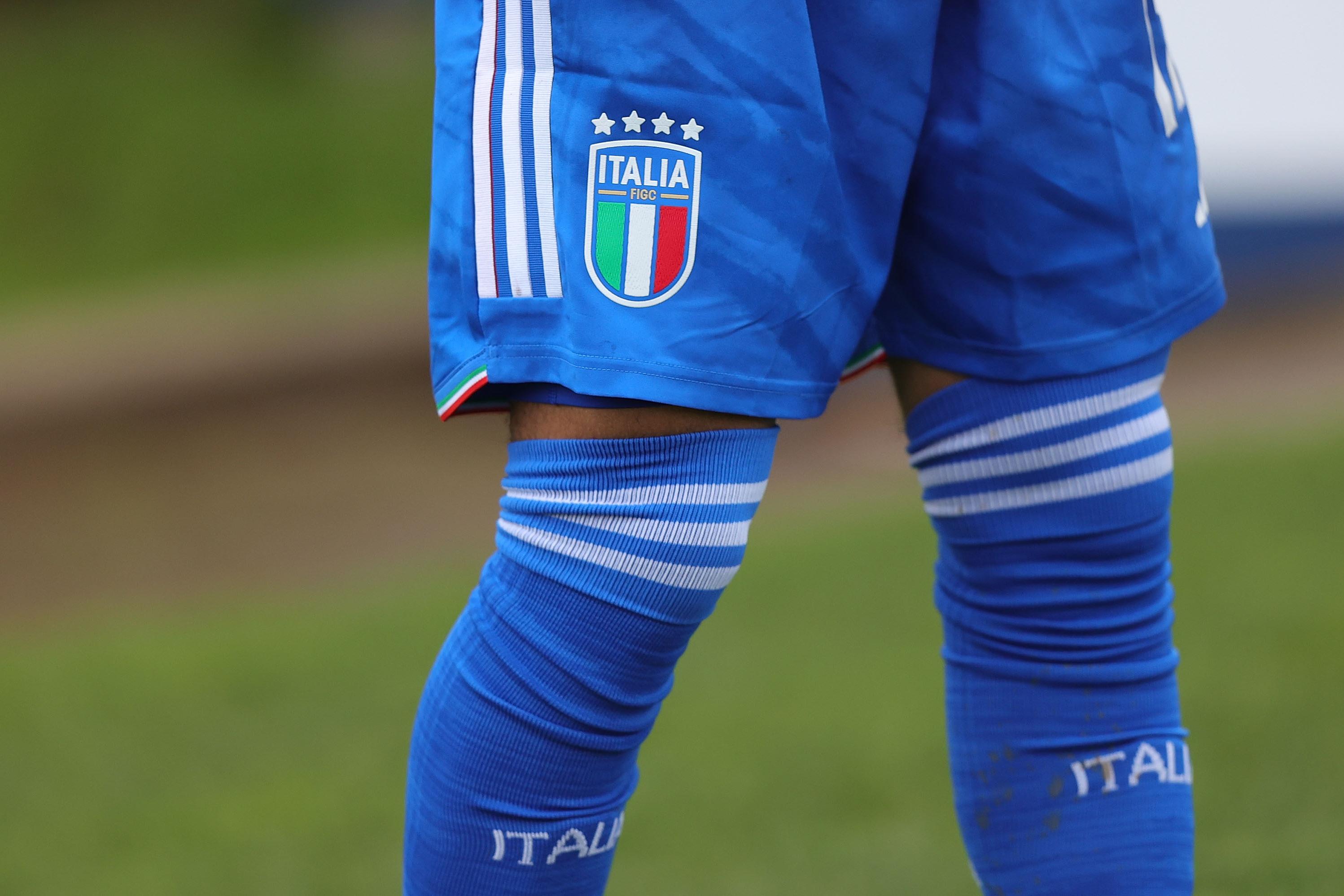PHOTO
FLORENCE, ITALY - JANUARY 18: Details from the new technical sponsor ADIDAS at Centro Tecnico Federale di Coverciano on January 18, 2023 in Florence, Italy. (Photo by Gabriele Maltinti/Getty Images)
In 2020, CONI and FIGC initiated a scientific collaboration that was created in November 2021, for the Performance ITALIA project. The project involves creating educational audio-video content on Integration, Techniques of Specific Movements, Aerobic Training, Literature, Individualisation, and Alimentazione (Nutrition). This initiative aims to contribute to the better training of technical staff in First Team and Youth Sectors of football clubs, with the goal of improving sports performance and reducing injuries.
Upon the project's launch, the first series of instructional videos (four episodes of about 20 minutes each), made by Club Italia's (FIGC) Area Performance and CONI's Institute of Medicine and Sports Science, were presented, with the focus on the technique of specific movements of a football player. Continuing with the project, another educational video has been produced to delve into the topic of "Aerobic Training" in "Endurance Training in Football." The new episode emphasizes the importance of endurance, presenting some protocols for evaluation and methodologies for training at different levels. In football, a match requires a good level of endurance not only because it lasts 90 minutes, with an average of 20 minutes of intense warm-up added, but also because it demands increasingly high intensity and specific endurance to support movements at high speeds. Several scientific studies have highlighted a strong correlation between poor endurance and the number of injuries. Players with lower endurance are more prone to risks of injuries, making this a topic of significant importance, considering the high-performance model that modern football requires.
"I thank FIGC and Secretary Brunelli, who believe in the effectiveness of the collaborative relationship with CONI, and contribute with quality and passion to provide essential tools to enhance its content through scientifically valuable insights," said CONI Secretary General Carlo Mornati. "The focus on aerobic training, coordinated by the working groups led by Prof. Di Salvo and Prof. Alessandro Donati, is a crucial step towards performance improvement, also as a predictive key regarding injury prevention. These are fundamental elements to identify increasingly reliable reference models and allow our athletes to work in the best conditions, optimising preparation in detail and trying to minimise risks related to any physical setbacks."
"Study and education represent the guiding principles that inspire much of FIGC's activity," declared FIGC Secretary General Marco Brunelli - "especially when entering the field of performances related to injury prevention. Athletes' health is a priority we share with CONI, to whom I express our gratitude for the collaboration with the Institute of Medicine and Sports Science and the excellent work done. This scientific program is born from and for football, but its positive outcomes make it a valuable tool to make available to the entire world of sport."
The two working groups, coordinated by Prof. Valter Di Salvo (Head of Club Italia's Performance Area) and Prof. Alessandro Donati (Coordinator of training methodology at IMSS of CONI), started by identifying the specific performance model of football players, analysing not only existing literature but also studying the movements of the players of the Italian National Team. According to Prof. Valter Di Salvo, "a football player's endurance strongly influences match performance. Just like in the previous World Cup, in Qatar 2022, there were more goals scored in the second half (+34%) compared to the first half, especially in the last 15 minutes of play. Furthermore, it is precisely in the last 15 minutes of the game that the highest number of injuries occurs with the onset of fatigue. Through good endurance, a player will be able to maintain high performance throughout the entire match, reaching the final and decisive minutes of the game able to continue expressing all their abilities while simultaneously reducing the risk of injury."
"I fully concur with Professor Di Salvo's analysis, noting that a football player's endurance, in addition to being the result of adequate cardiorespiratory efficiency, is, above all, closely connected to muscular efficiency," added Professor Alessandro Donati. "Powerful yet agile muscles capable of expressing great coordinative abilities. There is another fundamental aspect: running ability, both over short distances (up to 30 metres) and long distances (from 30 up to 60-80 metres). Correct running technique enhances the player's capabilities, enabling more active and articulated participation in the game and preventing injuries, especially injuries to the posterior thigh muscles."
